Category: Car Electronics
-
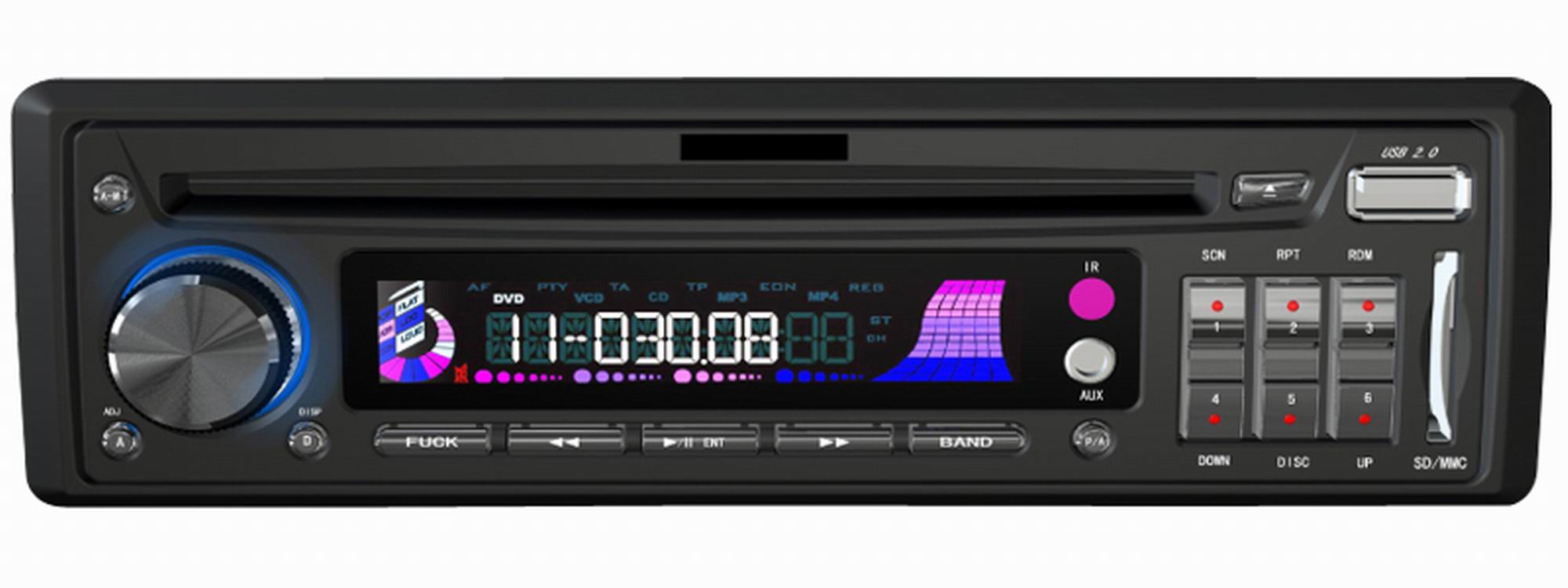
How to Build a Car Stereo System
Building a car stereo system can be a challenging project because speakers and components are designed for specific vehicles. Working in tight spaces can also be difficult. You can rebuild the entire system or replace components in stages starting with speakers, the most important part of a good system. This article provides product and installation…
-

How does your car’s fuel gauge work?
First let’s begin with the anatomy of a fuel gauge to see how it works. There are two main parts: 1. Sender, which measures the level of fuel in the tank. 2. Gauge, which displays that level to the driver. The sender, located in the fuel tank of the car, consists of a float, usually…
-
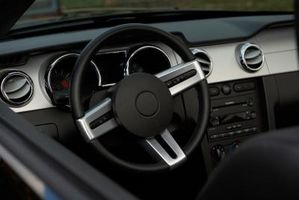
How Does a Water Temperature Gauge Work?
Racing drivers must monitor what goes on inside a vehicle’s engine to help prevent breakdowns and ensure that they cross the finish line. Water temperature is one of the many things a driver must keep an eye on while operating a high-performance engine. A water temperature gauge allows a quick way to do this while…
-
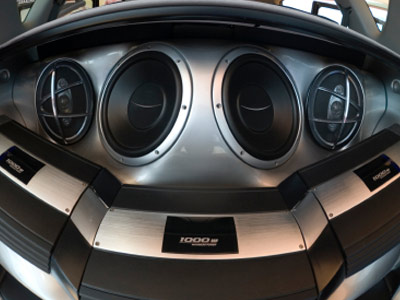
How Does a Car Audio System Work?
Head Unit The head unit refers to the main device that serves as the source of the sound or simply the radio that is installed in the car’s dashboard. The unit has a radio receiver and tuner component that receives radio frequencies through an antenna. The tuner is used to select or adjust radio frequencies…
-
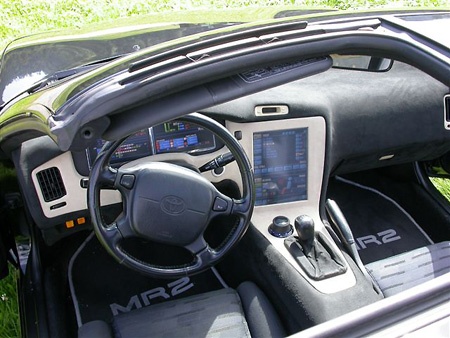
How Car Computers Work
Each year, cars seem to get more and more complicated. Cars today might have as many as 50 microprocessors on them. Although these microprocessors make it more difficult for you to work on your own car, some of them actually make your car easier to service. Some of the reasons for this increase in the…
-
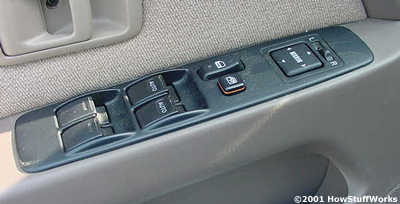
How Car Computers Work: Smart Sensors and Simplified Wiring
Smart Sensors Clusters are now being used on a smaller scale for sensors. For instance, a traditional pressure sensor contains a device that outputs a varying voltage depending on the pressure applied to the device. Usually, the voltage output is not linear, depends on the temperature and is a low-level voltage that requires amplification. Some…
-
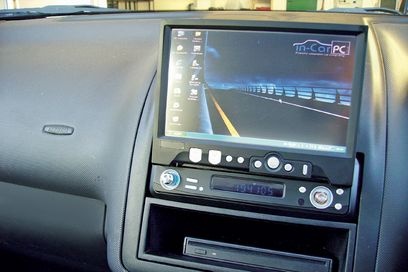
How Car Computers Work: Advanced Diagnostics
Advanced Diagnostics Another benefit of having a communications bus is that each module can communicate faults to a central module, which stores the faults and can communicate them to an off-board diagnostic tool. This can make it easier for technicians to diagnose problems with the car, especially intermittent problems, which are notorious for disappearing as…
-
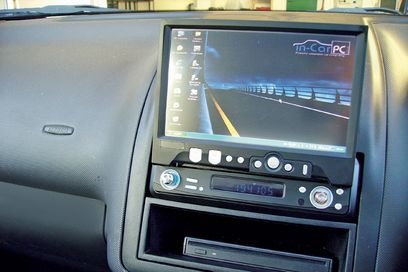
How Car Computers Work: ECU Components
ECU Components The processor is packaged in a module with hundreds of other components on a multi-layer circuit board. Some of the other components in the ECU that support the processor are: Analog-to-digital converters – These devices read the outputs of some of the sensors in the car, such as the oxygen sensor. The output…
-

Fake Blinking LED Vehicle Security Installation
Vehicle security installations typically feature some form of visual deterrent to dissuade thieves from targeting the car. This deterrent most often takes the form of an intermittently blinking light emitting diode, or LED. The ubiquitous presence of flashing LEDs in genuine car alarm systems has led to a cottage industry of fake flashing LED units,…
-
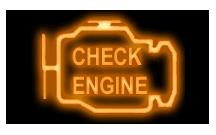
Dash and Instrument Warning Lights
THE CHECK ENGINE LIGHT. Every new car now comes with OBD-II – On Board Diagnostics 2. This is a fault-registering system connected to sensors all over the car, engine, fuel and emissions system. When the check engine light comes on, it can mean many things. There is something like 4,000 unique OBD2 codes that can…
